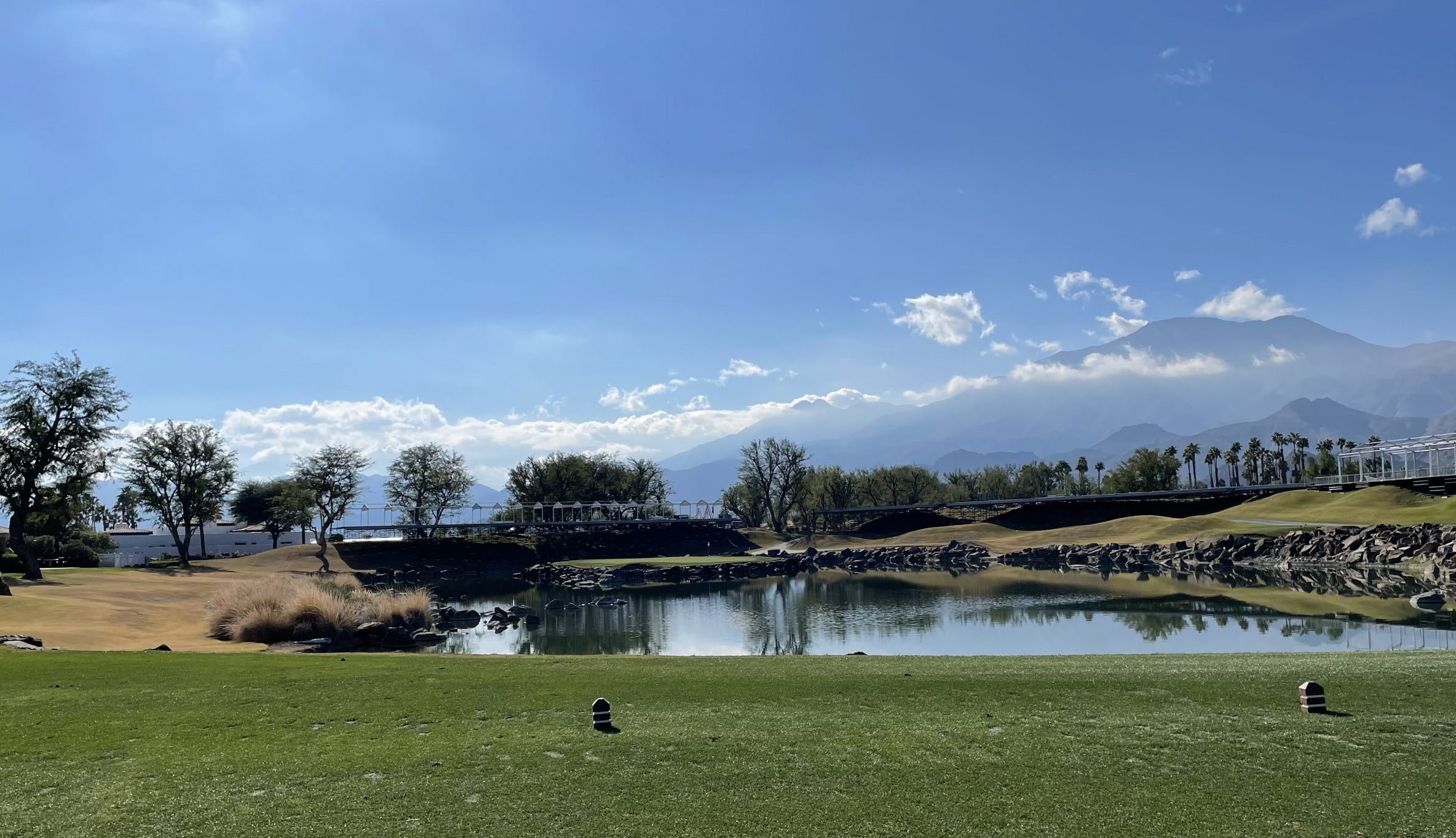PGA West - Stadium Course
La Quinta, California, United States
La Quinta, California, United States

I played the course on the morning of New Year’s Eve, 2021, just three weeks before The American Express at La Quinta, part of the PGA’s West Coast Swing. My foursome sounded like the start of a golf joke as I joined a doctor, a lawyer, and a banker on the 1st tee.
Almost every course in Palm Desert is surrounded by bare, reddish rock mountains and mixed with sunlight and shadows they can look dark and foreboding or painted and peaceful. There’s no shortage of stunning views with great golf holes fronting striking backdrops and the Stadium Course takes full advantage of the scenery, seemingly framing almost every green with mountains and sky.
The Stadium Course is Pete Dye through and through. It’s been on GOLF Magazine’s Top 100 Courses to Play and is 4th on Golf Digest’s Top 50 Toughest Courses in America. It’s also home to the PGA Q-School finals and while any course gets tough when a tour card is on the line, one that can top 7,300 yards with a slope of 150 must cause some epic meltdowns.
There are five different tees and we opted for the blue/white hybrid. It shortens the course dramatically with the blues 561 yards less than the black and the whites measuring more than 1,100 yards shorter at 6,166. It also makes a very difficult course slightly less intimidating. The black tees looked a full wedge away on more than one occassion. The stands were already up so it gave the round a bit of a tournament feel from any tees.
You could argue all three schools of golf architecture are on display here – penal, strategic, and heroic, but Mr. Dye is certainly known for the first school and there’s no better example of that than the island green on 17, the famed “Alcatraz.” Surrounded by jagged, dark, prehistoric-looking rocks, the smallish green has no bailout. Either you’re putting, or you’re not. I’ve played this course twice and somehow managed to birdie it a decade ago and missed a 15-footer for birdie this time. If nothing else, the hole commands focus off the tee. Both rounds, 10 years apart, had a high handicapper who happily took home par and a good story from Alcatraz. The best Alcatraz story though is Lee Trevino hitting a clutch hole-in-one at the 1987 Skins Game to win a carryover worth $175,000.
Before you tee it up at Alcatraz, you have to get past The Wall, which is really what 16 should be called instead of San Andreas Fault (although the famous fault line likely crosses this hole). The left greenside bunker is at least 20 feet deep and is penal architecture to the extreme with a steep grass face from sand to green that could only be traversed with rappelling gear. One of our foursome went in and we didn’t see him until he flew the green by a long shot several minutes later.
Having played a few Pete Dye courses at this point, I’ve come to the conclusion that he likes to scare you on the tee box. Everything looks like trouble with narrow strips of fairway squeezing through dramatic bunkers and greens that have long surrendered to the sand surrounding them. No hole on the course is as tough as it looks though. Everything seems to open up once you’re carting down the fairway. Mike Stranz employs this tactic too although neither designer ever builds an easy hole. It’s just not as hard as it looks.
One last note. I played on a Friday that was also a holiday. That put the green fee at $299. Worth it for teeing it up while on vacation. I see $203 on a random Tuesday, which feels about right for repeated playing.
Chris Austin — Founder, Editor, Writer, Average Golfer